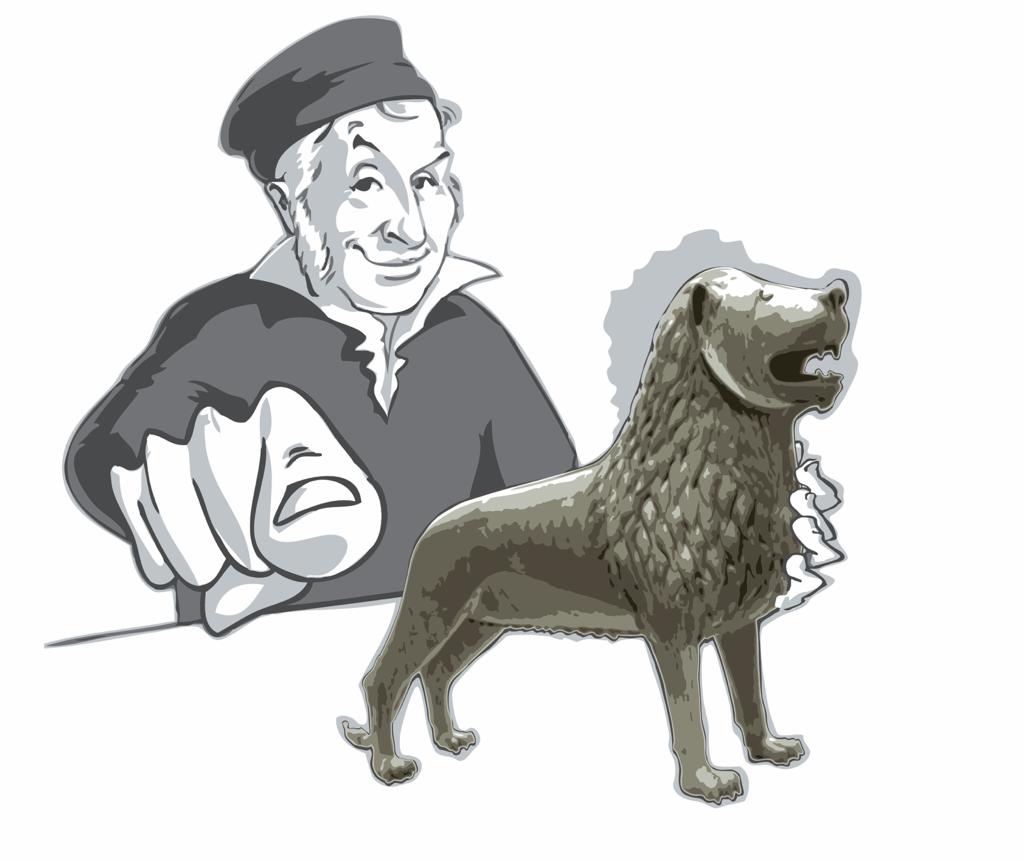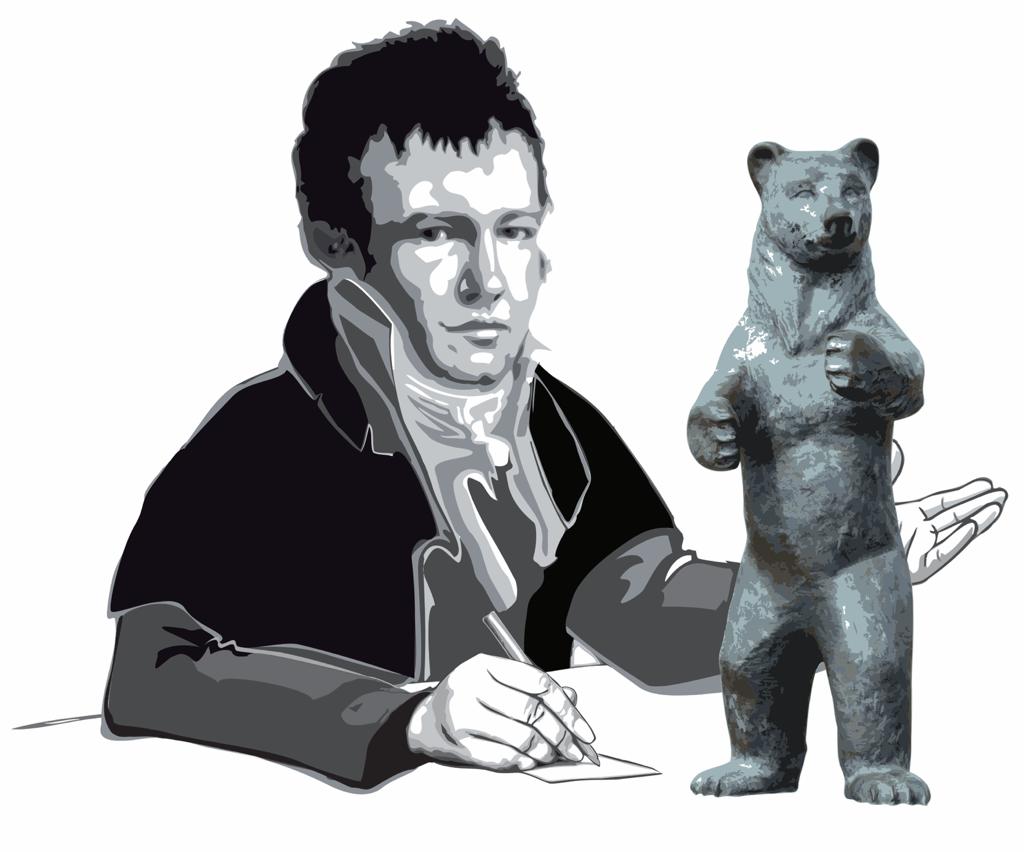Gauss-Advent Calendar: The history and origin of the Christmas tree
by Mehdi Mnaouar

© Andrés Muñoz
Big, beautiful, green and lovingly decorated! The Christmas tree is considered one of the most majestic symbols of the Christmas season. What is the origin of the Christmas tree? Let’s go back in time to understand where this green tradition comes from.
Unlike the nativity scene, the Christmas tree is not recognised as a specifically Catholic symbol, yet it spreads throughout the Christian, Protestant and Orthodox worlds. The Christmas tree has its origins in the pagan religions that preceded Christianity.
Between 2000 and 1200 BC, people were already talking about a tree on December 24th – about the fir, tree of birth – as this day was seen as the rebirth of the sun. The Celts had adopted a calendar based on lunar cycles. Each lunar month was associated with a tree, the fir tree being that of December 24th. For the pagan rite of the winter solstice, a tree was decorated with fruit, flowers and wheat as a symbol of life.
In 354, the Church introduced the celebration of the birth of Christ on December 25th to compete with this pagan festival. Initially, the Christmas celebration remained limited to the Nativity Mass.

© Andrés Muñoz
As early as the 11th century, trees were decorated and garnished with red apples and it was said that this referred to the tree of paradise. The actual origin of the custom of the Christmas tree lies in Germany.
Around 1520, trees were decorated with sweets, apples and even cakes, and even at that time a star was placed at the top as a reminder of the Star of Bethlehem. There is also a legend that in the 16th century Martin Luther, a German pastor, gave his children a Christmas tree on Christmas Eve to remind them of God’s miracles.
In 1738, on the initiative of the wife of the French King Louis XV, the first Christmas tree was placed in the Palace of Versailles. A century later, in 1837, a Christmas tree was placed in the Tuileries thanks to the German-born Duchess of Orléans.
The tradition of the Christmas tree has now caught on almost everywhere. Some choose a natural tree, with a fragrance full of memories, while others prefer the artificial version, which requires less care and has a lower fire risk. It’s all a matter of choice and values! But in most households, as the holidays approach, a Christmas tree is decorated. Even today, it symbolises the revival of life, as the tree persists and retains its greenery even in the cold winter weather.



You must be logged in to post a comment.